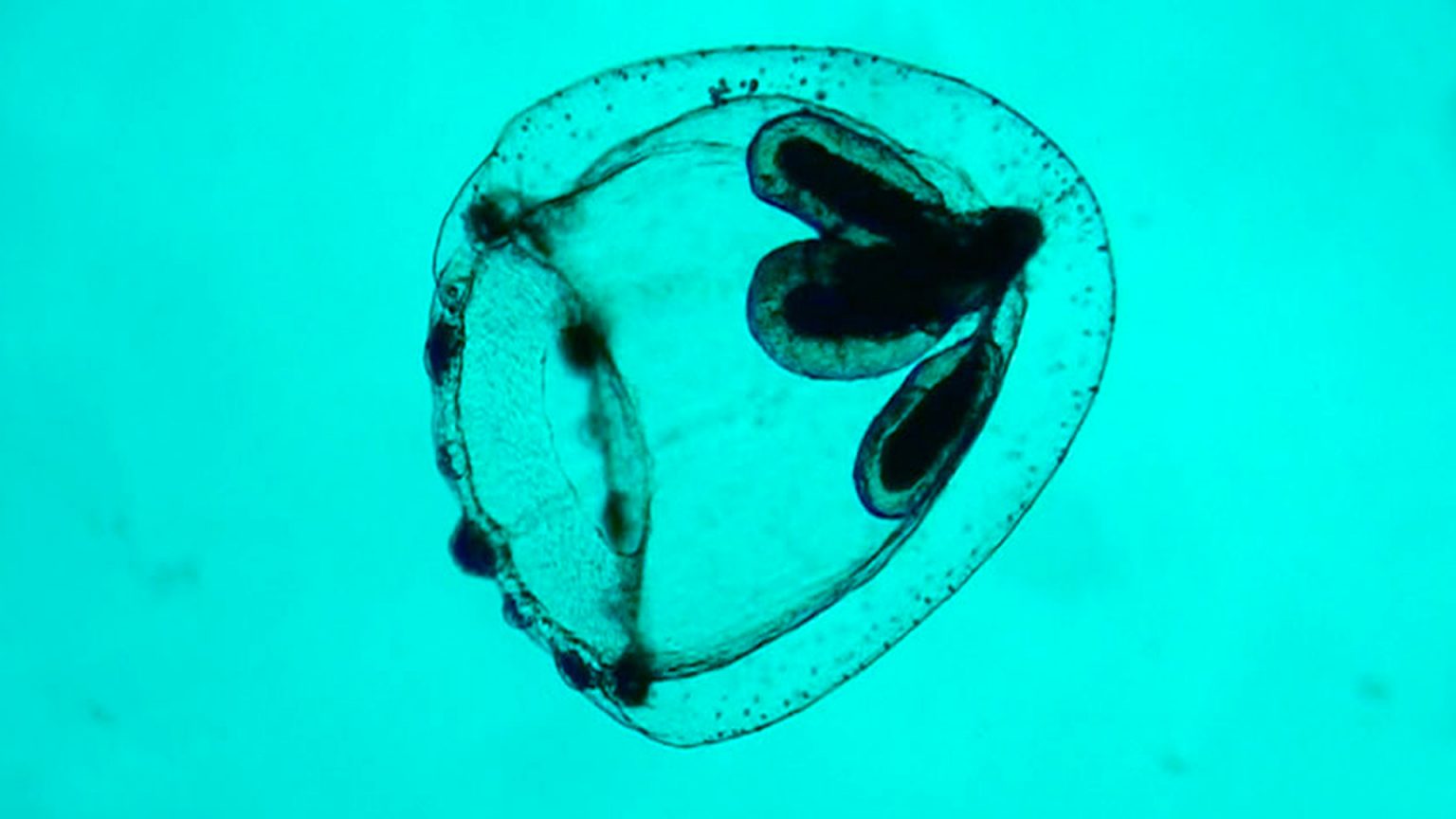“Hawkins will get a lot of attention for her portrayal of the outsider artist Maud Lewis,” predicts Jordan Hoffman in the Guardian. “They’ll talk about her voice, which ranges from low, frog-like croaks to mousy squeaks all twirled-up with a rich Canadian accent. And they’ll talk about her physical transformation, hunched over from acute arthritis and a bad leg…. If anyone other than Hawkins were in this film, it would be very hard to recommend. With her in virtually every scene, it is a lovely, tiny character study.”
“Spanning about 35 years, the film begins in the late 1930s,” writes Screen‘s Tim Grierson, as Maud “seeks to break free of her overprotective family, taking a job as a live-in maid for the cantankerous loner Everett Lewis (Hawke), who sells fish around the community. At first, he doesn’t want her interfering with his insular, rural life, but soon a stubborn affection develops between them, leading to marriage as Maud begins to find her voice as a painter…. The film’s high-wire act of telling a story about such an unlikely pair requires both actors to test just how far they can push their characters’ eccentricities.”
“No matter how self-effacingly Hawke plays his massively anti-social character, it’s impossible for him to convincingly project looks deficiency, which is a problem,” finds the Hollywood Reporter‘s, Todd McCarthy.
“If it weren’t for Hawkins, there would be little to distinguish Maudie from the sort of 16mm filmstrip made for schoolchildren back in the day,” writes Variety‘s Peter Debruge, adding that “not even the film’s charming folk-music score, by Cowboy Junkies guitarist Michael Timmins, is quite enough to set it apart. Cinematographer Guy Godfree incorporates lovely Nova Scotia landscapes, in which gorgeous skies loom large over darker, more monochromatic foregrounds, à la Andrew Wyeth, while production designer John Hand meticulously recreates Maud’s magnum opus—the little 10×12-foot cottage that served as her ever-evolving canvas—both inside and out. Today, the original sits in the Art Gallery of Nova Scotia.”
Noting that Maud’s “work eventually is featured in the White House,” Claudia Puig adds at TheWrap that the “story of a woman dismissed by those around her who asserts herself through art testifies to the indomitable power of creativity. Why turn that compelling story into a predictable romance?”
Update, 9/14: “It’s a predictable romance that nearly overshadows the detailed, fascinating character drama within,” finds Jordan Ruimy at the Film Stage.
Update, 9/18: “I don’t think I’ve ever cried so hard at TIFF before, so thank you, Ms. Hawkins, for that breathtaking performance,” writes Tina Hassannia for RogerEbert.com.
The 2016 fall film festival indexes: Venice, Telluride, and Toronto.




